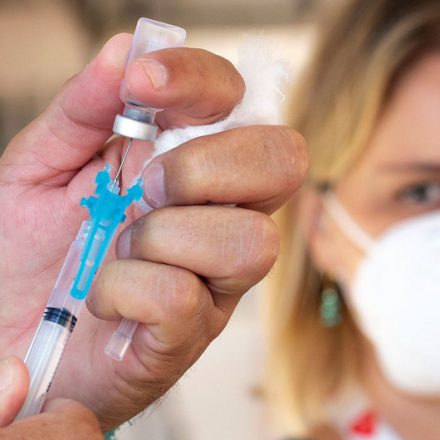
In the evolving landscape of healthcare, the rise of Direct-to-Consumer (DTC) telemedicine services has generated both excitement and concern among medical professionals. A recent case involving Dr. Yalda Jabbarpour, a family medicine physician in Washington, DC, sheds light on the potential pitfalls of these online-only providers.
Dr. Jabbarpour, whose practice often boasts a months-long waiting list, encountered a situation where a patient sought care through a DTC telemedicine company for urgent symptoms. The patient, experiencing frequent and painful urination, was diagnosed with a urinary tract infection without the need for lab cultures or a follow-up appointment. Unfortunately, the lack of coordination between DTC clinicians and in-person physicians led to a significant delay in identifying the patient’s underlying health issue.
Over the next nine months, the patient continued seeking care through various DTC platforms, receiving prescriptions that matched her symptoms but without proper advisories to consult her regular clinician. Only after returning to Dr. Jabbarpour for her annual wellness exam did the patient receive a new diagnosis – type 2 diabetes.
Dr. Jabbarpour emphasized the danger of a fragmented healthcare model, stating, “If no one is there to put that picture together, it can be dangerous.” The lack of coordination and information sharing between online-only providers and in-person clinicians can result in missed diagnoses or unnecessary medications, raising concerns among healthcare professionals.
Amid a growing shortage of primary care physicians, some clinicians acknowledge the potential benefits of DTC models such as Amazon Clinic and Hims & Hers Health in increasing access to care. However, concerns about the lack of continuity and communication between online providers and traditional healthcare practitioners persist.
Dr. Richard Wender, Chair of the Department of Family Medicine and Community Health at the University of Pennsylvania, recognizes the need for broader access to health services but cautions that telemedicine services are not a replacement for primary care visits. He believes the current challenges are related to the shortage of medical personnel available to address the population’s healthcare needs.
A recent poll from the University of Michigan highlighted that while DTC health platform usage was not widespread among patients aged 50 to 80, over 42% of those aged 50 to 64 expressed interest in seeking care through online-only providers in the future. The fragmented model, as observed in Dr. Jabbarpour’s case, raises concerns about patients being prescribed medications without their primary clinician’s knowledge.
Physicians like Dr. Nathaniel DeNicola from Orange County, California, are adapting their care models to address the changing healthcare landscape. Dr. DeNicola now keeps slots open for emergency telehealth appointments to provide patients with an alternative to DTC competitors. He emphasizes the need for a hybrid model that combines virtual and in-person care to maintain an ongoing patient-clinician relationship.
As the healthcare system continues to transform, concerns persist about the potential risks associated with DTC telemedicine. Some physicians advocate for a more integrated approach, with electronic records from online visits shared with the patient’s primary provider to ensure comprehensive and coordinated care.
The future of healthcare may indeed be a hybrid model, where telehealth complements traditional care, offering both accessibility and continuity. However, as the landscape evolves, striking the right balance to ensure patient safety and quality of care remains a key challenge for healthcare providers and policymakers alike.










